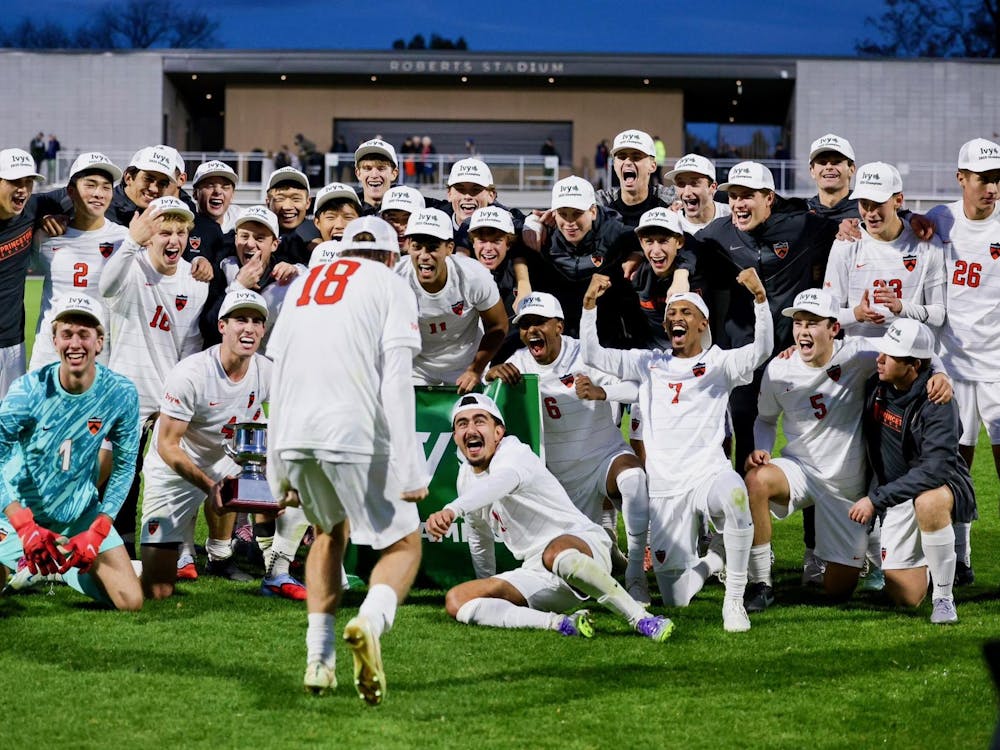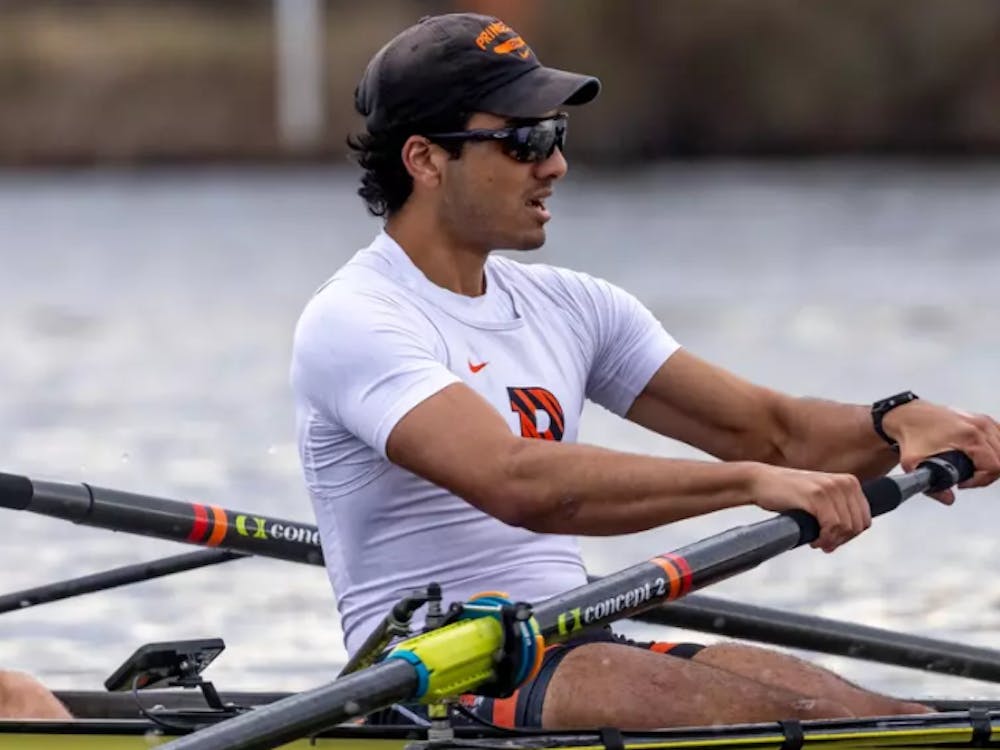Head women’s soccer coach Julie Shackford admitted that the weekend ended weeks of excitement about the opening.
“I think we all felt a lot of pressure being the first game in the new stadium,” she said after the women’s 2-1 victory over Boston University. “I know I was really nervous.”
Shackford said she felt a sense of “complete overwhelming humility” for her team to play in the stadium the soccer program had worked so hard to make a reality.
“It’s just amazing to be in such a facility,” she said. “We’re honored by Princeton’s support of us in building it. We have one of the best facilities in the country, if not the best college facility in the country.”
The stadium’s three free-standing pavilions have a capacity of 3,000 with general fixed seating for 2,356 people. The pavilions house a ticket office, press box, concession stand, team rooms and public restrooms.
The facility is named for former record-holding goalkeeper Thomas Roberts ’85 and his wife Kristen, who led the effort to raise $8.4 million through private donations from July to December 2006. More than 40 alumni and friends gave to the project. The University contributed the remaining $5 million.
The new three-sided stadium encloses Myslik Field, a sand-based, vertically drained, bluegrass sod field, which includes a computerized irrigation system and lighting for night games. The field is named for Robert Myslik ’90, a former Princeton player and assistant coach who passed away in a 2003 car accident. To the left of Myslik sits Plummer Field, the artificial turf practice surface funded by an anonymous donor.
Now in its 102nd year, the Princeton soccer program has graduated numerous professional players and benefited from world-class coaching. The women’s team appeared in six-straight NCAA tournaments from 1999 to 2004 and won four of five Ivy League titles from 2000 to 2004. The women’s semifinal appearance in the 2004 NCAA tournament was the best performance ever for any Ivy League school in a 64-team postseason tournament.
The men’s team, which has won six Ivy League Championships, has seen 13 players achieve All-America status. Current U.S. men’s national team head coach Bob Bradley ’80 coached the Tigers from 1984 to 1995.
Despite of the strength of its teams, however, the program’s Lourie-Love Field — which was used for games — and Gulick Field — used for practices — began to fall into disrepair many years ago.
“Our soccer venue was really one of the last athletic sites that needed significant upgrading,” Director of Athletics Gary Walters ’67 told The Daily Princetonian last September.
Construction began in May 2007 under the direction of the University Senior Project Manager Jane Curry. Last season, both the men’s and women’s teams played their home matches on Powers Field at Princeton Stadium.

To construct Myslik Field, the project lowered Lourie-Love Field by a few feet to make it level with Plummer Field. The lay of the land created “a natural amphitheater,” Walters said, enabling seating to neatly surround the playing surface. This same topography, Athletic Department Associate Director for Facilities Jeff Graydon said, is what made Lourie-Love Field an “ideal” site for soccer.
While the project was bound by University regulations and subject to state and local approval, the coaches, alumni and other interested parties had ample opportunity to contribute to the design of the stadium. The final design was created by New York-based Anderson Architects.
Though the stadium will serve as the home of Princeton soccer for decades to come, the opportunity to play in the new facility was especially meaningful for students graduating this June, including senior midfielder and tri-captain Lisa Chinn.
“It was phenomenal,” Chinn said after the game. “It was so great. We are so excited to have our first home opener be a victory.”
Chinn said it wasn’t until the team arrived for the game that it truly realized the new era of Princeton Soccer it was inaugurating.
“It really became a reality when we came into the locker room,” she said. “We’d seen the stadium, but really coming here and playing our first game made it a reality. I think we wanted to do everybody proud and the alumni proud.”







